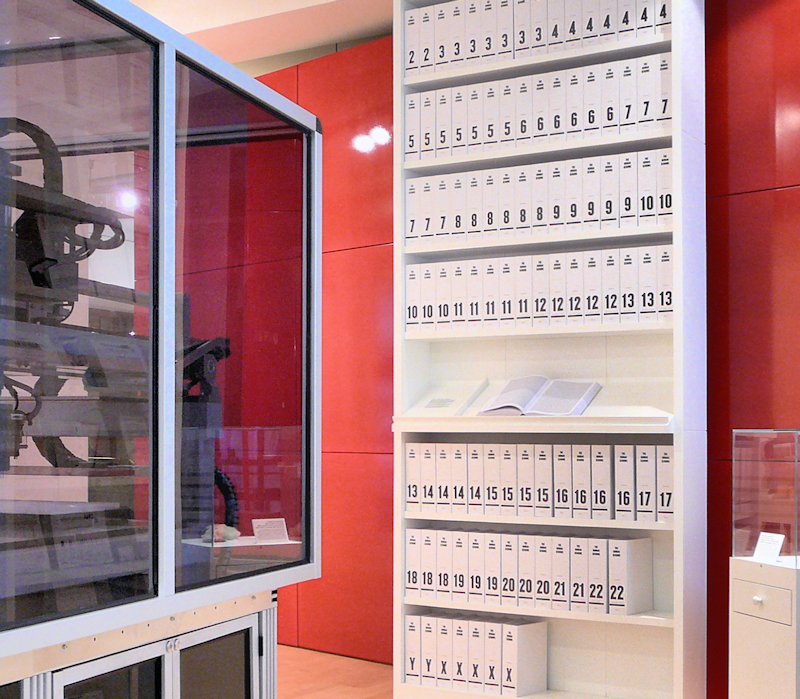It's a famous project. You've probably heard of it. Wanna know more?
This legendary project began in 1990 and was planned to be a 15-year project. But technology sped up somewhere in between and we managed to finish it in 2003 - 2 years before the target date. There were a few objectives of the project:
1. Locate and identify all the genes in human DNA - there's nearly 25000 of them!
2. Find out the sequences of the 3 billion pairs of organic bases that make up the most
important and influential part of DNA
3. Store all the information in a single database that can be easily accessed internationally
and be used for future references.
The picture below is the official logo for the Human Genome Project.

That's all great, but what's a genome?
Yeah, what's so special about them anyway? Well, a genome is all of an organism's hereditary information. It is found in the DNA of an organism such as a human or plant cell. In viruses, the genome can be found in its RNA (ribonucleic acid). Viruses are quite weird aren't they? They are living organisms right? Or are they? (yeah, I'll post a virus-specific blog soon!)
In my earlier, I told you about the pairs of bases that can exist in DNA. Well, altogether there are around 3.3 billion pairs of them that extend throughout an entire genome. Phew!

Above, you can see a nice picture. It is actually the initial result of the identification of the human genome. Where is this place? London baby! :)
Important benefits
This is a biochemistry blog (apparently) so I thought I should just outline the biochemical benefits of the Human Genome Project for interest's sake.
Many scientists have anticipated a new era in combatting disease. With the recent advancements in molecular medicine, we can now treat the fundamental causes of disease rather than simply relieving the symptoms which, to be honest, we've been doing since the Middle Ages.
If we can identify the variants in specific genes that increase the risk of cancers and genetic diseases, then we could potentially wipe them out in humans. If these variants can be cross-compared with other animals, it would help near-extinct organisms repopulate, increasing biodiversity.
Using gene therapy (the administration of DNA to treat disease), we could change genes that cause disease. We can go even further - replace the defective gene itself with a ''normal'' one, eliminating the risk of disease.

What have we learned?
So far, the project has shed some light on many issues that scientists have tried to confront. However, we can now safely confirm a few things:
1. An average gene contains 3000 organic base pairs
2. The human genome sequence is the same for 99.9% of the human population
3. The human genome is mainly composed of the C and G bases
4. The Y chromosome has the fewest genes compared to the other chromosomes - sorry guys!
The project was completed in 2003, but there is a worldwide post-sequencing project that is happening right now. The information we will gather in the next few years will provide us with knowledge that we can apply to areas of biology like human health, the environment and biodiversity.
So that's the basic gist of the Human Genome Project - now impress your mates. I've just realised that I've made three posts in two days when my target was one post a week. I guess I get the next two weeks off then!
Just kidding, watch this space - and don't forget to bombard me with feedback and comments!
Exocytosis
No comments:
Post a Comment